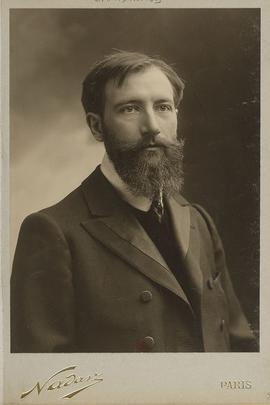Albert Karl Ludwig Gotthilf Günther, also Albert Charles Lewis Gotthilf Günther was a German-born British zoologist, ichthyologist and herpetologist. He is ranked the second-most productive reptile taxonomist (after George Albert Boulenger) with more than 340 reptile species described. He served on the council of the Zoological Society of London for nearly 40 years (1868-1905)
Francis Talbot Day was an army surgeon and naturalist in the Madras Presidency who later became the Inspector-General of Fisheries in India and Burma. A pioneer ichthyologist, he described more than three hundred fishes in the two-volume work on The Fishes of India. He also wrote the fish volumes of the Fauna of British India series. He was also responsible for the introduction of trout into the Nilgiri Hills, for which he received a medal from the French Societe d'Acclimatisation. Many of his fish specimens are distributed across museums with only a small fraction deposited in the British Museum (Natural History), an anomaly caused by a prolonged conflict with Albert Günther, the keeper of Zoology there
Paul Chabanaud was a French ichthyologist and herpetologist. Beginning in 1915, he worked as a volunteer under zoologist Louis Roule at the Museum National d'Histoire Naturelle in Paris. In 1919-1920, he undertook a scientific expedition to French West Africa (Senegal, Guinea) on behalf of the museum, during which he collected thousands of zoological specimens. Following his return to Paris, he served as a preparator in the laboratory of biologist Jean Abel Gruvel at the museum. He specialised in the anatomy and systematics of the flatfish and was the taxonomic authority of many herpetological and ichthyological species

